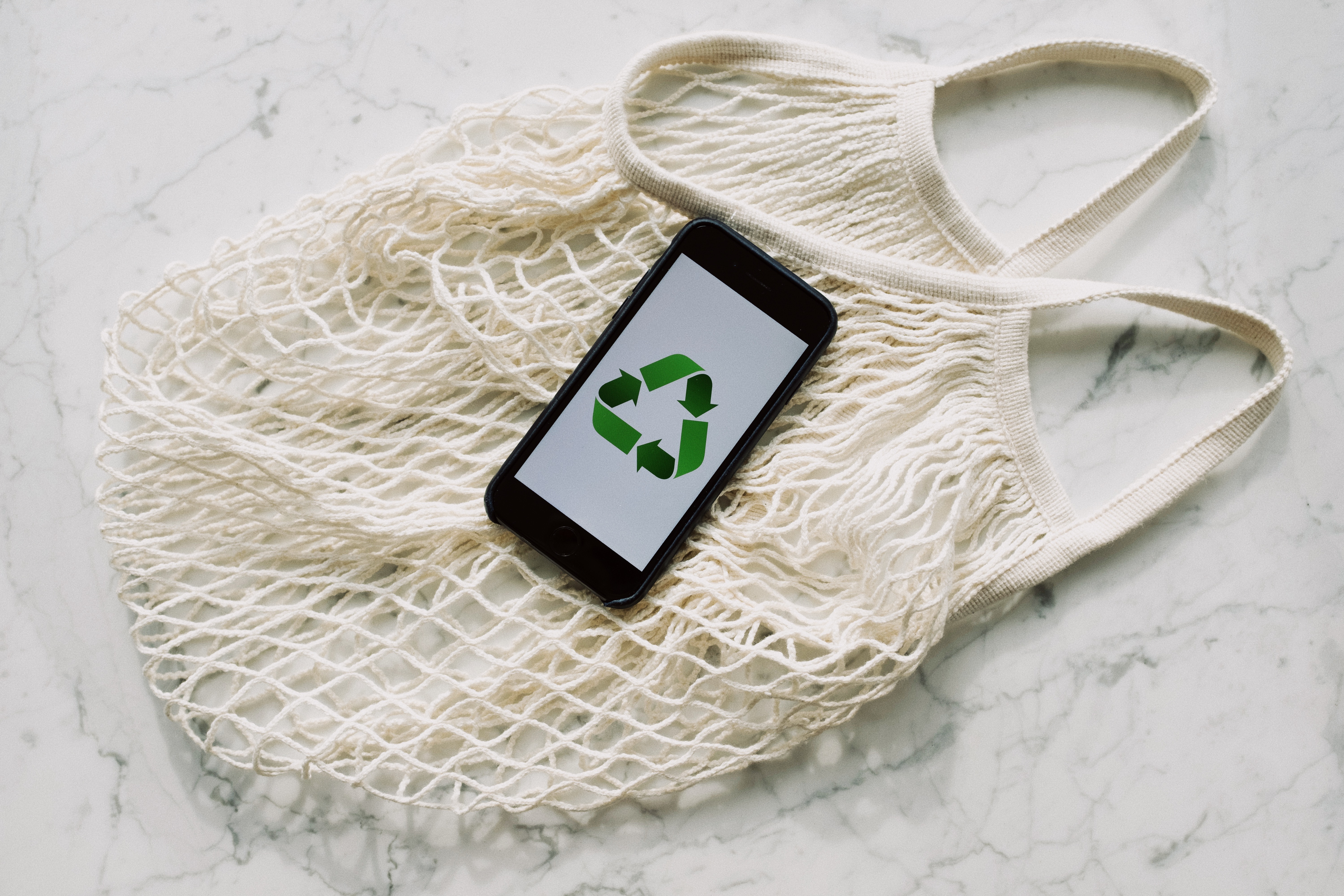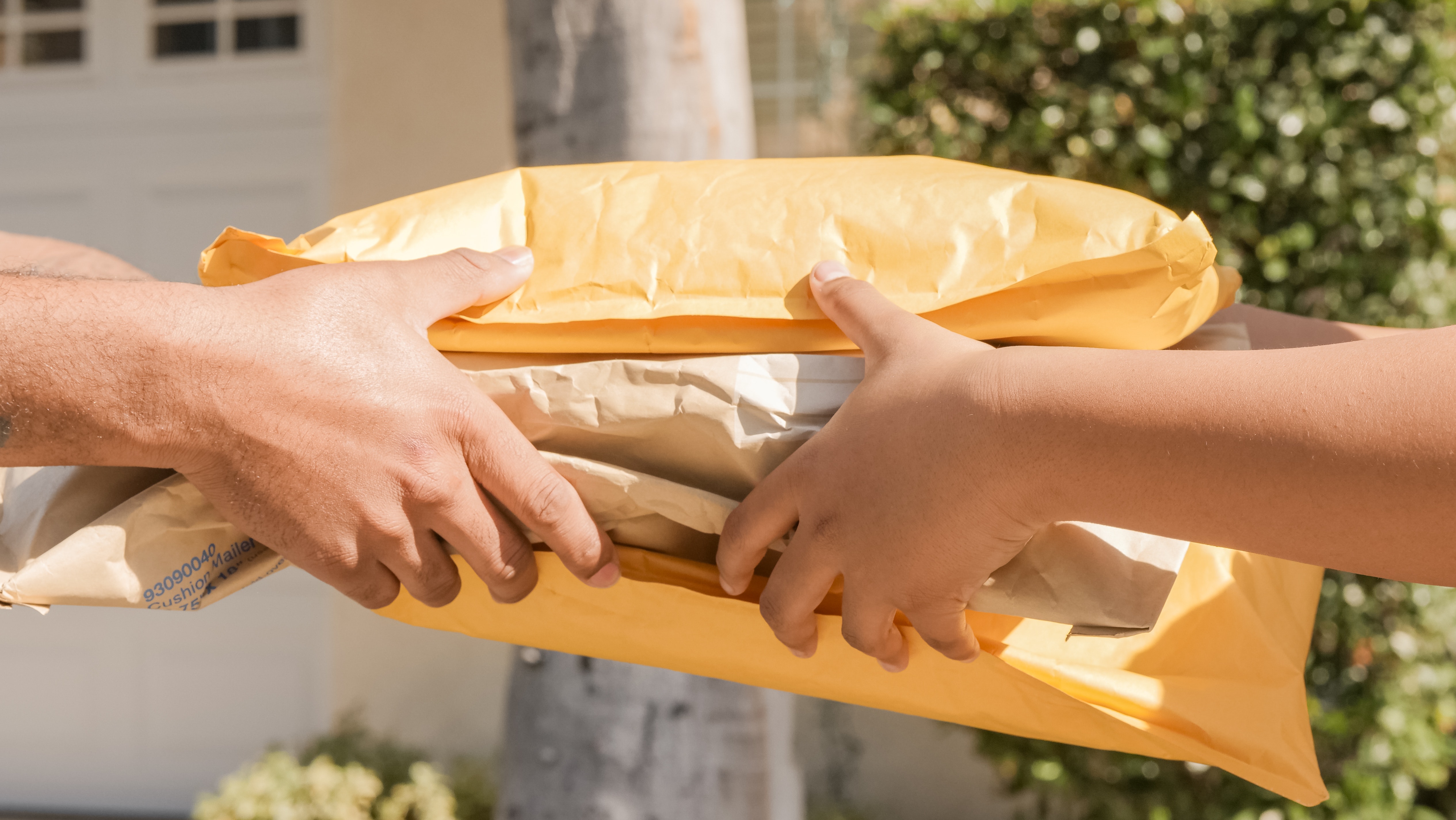Shopping Sustainably – Where to Start

Sustainability has become more and more important to shoppers around the world. Companies and manufacturers are taking notice and looking for ways to make their products guilt-free for consumers with this goal in mind. It can be difficult to find out who is truly making sustainable products, and who is just capitalizing on the buzz of it all. However, with some research and investigation, shopping more sustainably can be done. From checking tags and visiting company websites, to changing our own habits at home, here are a few tips on how to shop in a way that is more friendly to our environment.
Shopping Online
Many people know that walking or taking public transportation is a more sustainable method of travel than driving your own car. Think of having your clothes and other items delivered by a shipping service the same way! When one truck is delivering items to ten addresses, the impact of carbon emissions is much less than having those same ten customers drive their own cars to the store to shop.

Great, so you’re ordering online—now how can you do that more sustainably? It’s important to note that the sustainable benefits of online shopping are often curtailed by the abuse of this system. With expedited shipping and consumers expecting two-day delivery more and more, shipping services are pushing out more vehicles and using a lot more energy to keep up. “Companies require additional facilities to serve within short time windows. These time windows can have large negative consequences, like increasing miles traveled up to three times,” wrote Miguel Jaller, Co-Director of the Sustainable Freight Research Center at UC Davis. Keeping orders and packaging consolidated is key when trying to reduce environmental impact.
Lots of online merchants are starting to create new shipping options to reduce the amount of packaging used in an order, so if you don’t really need that item immediately, waiting a few extra days can really do our planet a solid.
Find Out Who’s Certified
If you’re looking to find out what companies are geared toward sustainable production, there are already organizations out there that exist to do the work for you. Whether it be clothing, paper products, cleaning products, or another type of item that you’re looking for—try to find out who is vetting the manufacturers.

For example, the Forest Stewardship Council (FSC) is an organization that certifies the ethical and sustainable management of forests—while taking the entire supply chain into consideration. So, if that printer paper that you’re shopping for has an FSC logo on the packaging, you can rest assured that it’s coming from a responsibly managed forest. The FSC logo can even be found on some clothing, as the use of tree-based textile fibers increases in the fashion industry. The FSC makes shopping certified products pretty easy with an online resource that can be found here. Another example is the ENERGY STAR label, which is a government-backed symbol for energy efficient products. This can be trusted because the EPA sets the guidelines for comparing these products against the current federal energy standards.
Watch Out for Greenwashing
With manufacturers and advertising agencies trying to take advantage of increasing consumer sustainability trends, there is unfortunately lots of misleading information being released. Greenwashing is the term used to describe this practice—where advertising agencies use deceptive messaging to persuade the customer that their products or company policies are eco-friendly.
Avoid being greenwashed by:
- Keeping an eye on vague language like “eco-friendly” or “Green”, that has no other information to support those claims
- Looking into the manufacturer, not just the product
- Try learning about the terms you are reading, so that you can tell whether they hold any weight. For example, detergents with the label “phosphate-free!” on front are really not saying much. While phosphates are bad for our lakes and oceans, they’ve already been banned in detergents for over a decade now. So, it makes the product look more sustainable than others while it’s not.
Shopping sustainably isn’t easy. It takes a little bit of research and time to consider one’s choices in the process. But keeping these tips in mind can make sustainable shopping less of a hassle and more of a habit.
To learn more about sustainable shopping habits, greenwashing, and sustainable certifications, check out these resources:
Vartan, S. (2021). The Treehugger Guide to Sustainable Certifications. The Tree Hugger.
https://www.treehugger.com/the-treehugger-guide-to-sustainable-certifications-5119483
University of Toronto Transportation Research Institute. [Smart Freight Centre]. (2021, February 17). Miguel Jaller presents “Who shops online and how sustainable is the delivery process? [Video].
https://www.youtube.com/watch?v=kwD2QvLAKaE&ab_channel=SmartFreightCentre
Kenton, W. (2021). What is Greenwashing? Investopedia.
https://www.investopedia.com/terms/g/greenwashing.asp
Additional resources:
Follow us @elementreepaper on social media for tips on how to live sustainably, and visit our Store to check out the rest of our product line.




